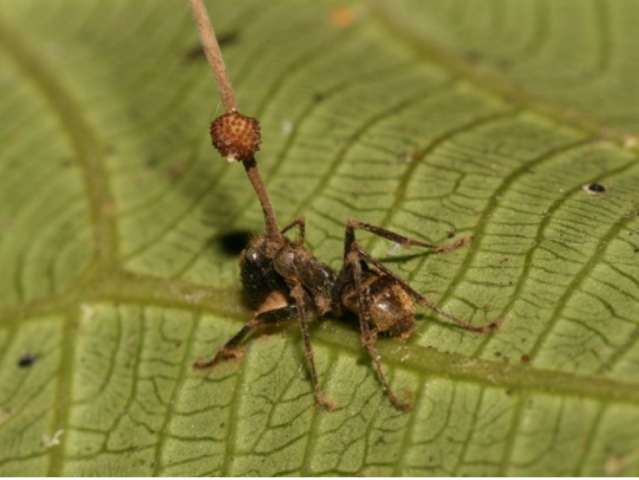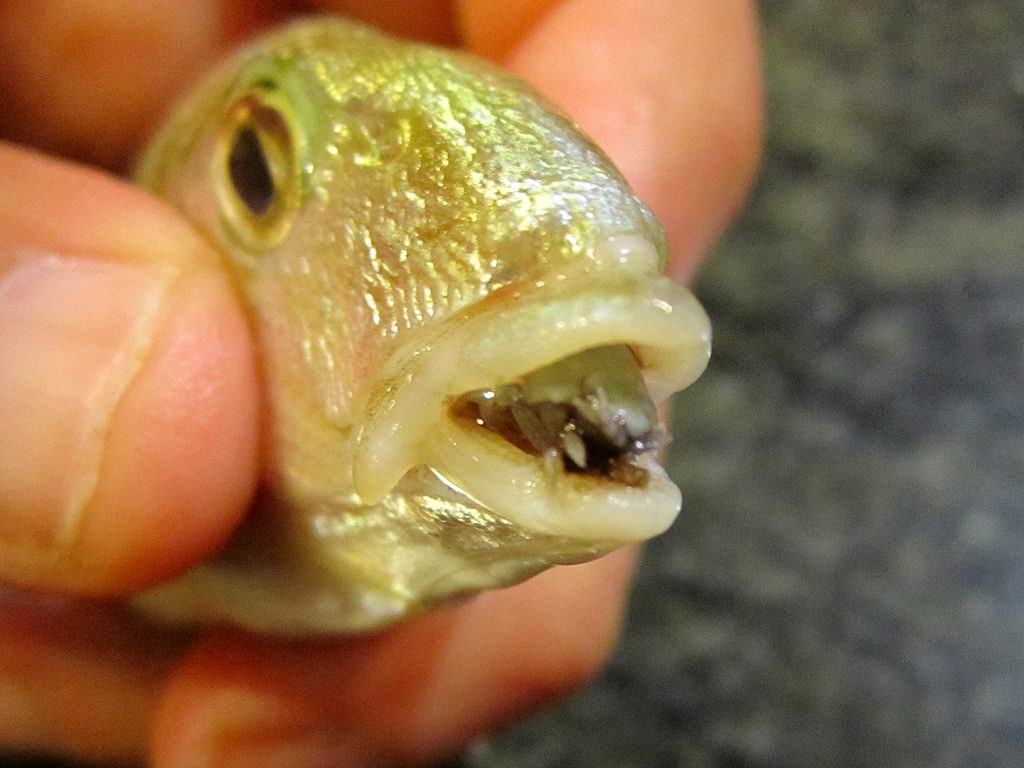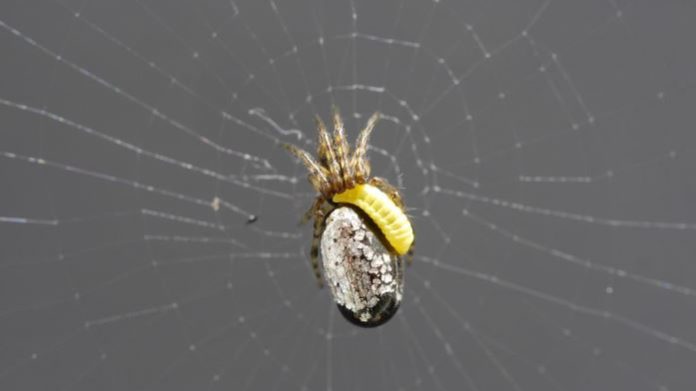This Halloween, many people will turn out the lights and enjoy the thrill of a scary movie. From zombies, to slithering worms, to creepy long-haired girls that come through your TV, humans have thought up nearly every possible scenario to horrify and disgust each other.
But nothing compares to these shudder-inducing true stories from Mother Nature.
Dawn of the Dead Ants
Imagine a carpenter ant walking in a tropical forest, foraging for food along its usual route when, all of a sudden, it feels an odd sensation. It begins to act erratically and has the sudden urge to leave its usual path and climb upwards. It meanders out onto the underside of a leaf and clamps onto the leaf with its mouth, unable to let go.
There it will stay until the fungus with which it’s infected kills it and grows a spore-releasing stalk that bursts out of its head.

And infected ants can’t expect any help from their buddies. If the ant colony realizes an ant is infected, they quickly carry it away and dump it as far from the colony as possible.
Rosemary’s Baby Wasp
Imagine a spider sitting in its web minding its own business, when suddenly, a wasp attacks. Thankfully, after a brief struggle, the wasp flies away and the spider relaxes again. Little does it know, it’s just been given the worst babysitting gig of its life.
The wasp, Reclinervellus nielseni, left the spider alive to take care of the egg it just deposited onto the spider’s back.
As the egg develops into a larva, it instructs the spider to build a protective web, almost three times stronger than the spider’s usual web. Once complete, the larvae feeds on the paralyzed spider, eventually discarding its body, and uses the web as a safe haven to build its cocoon and complete its metamorphosis.
Finding Nemo’s Tongue

Apart from having your tongue eaten out, that’s not so bad, right?
Maybe going outside and looking around is the scariest thing you can do this Halloween!








































